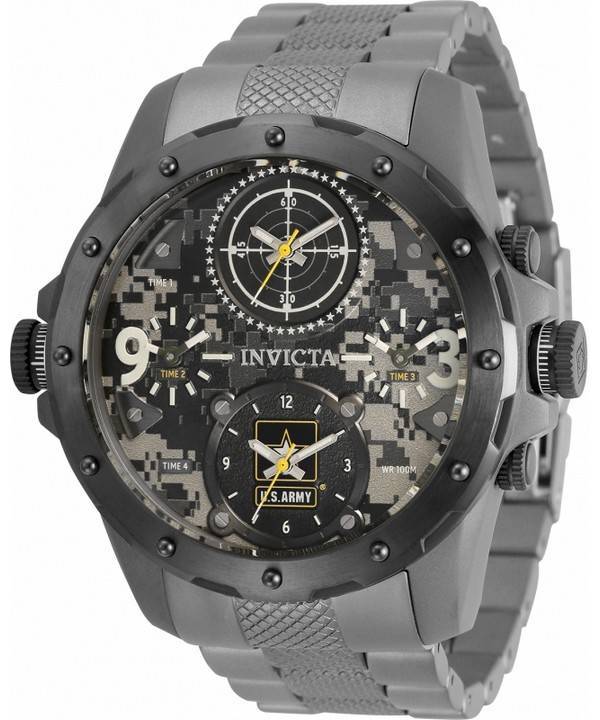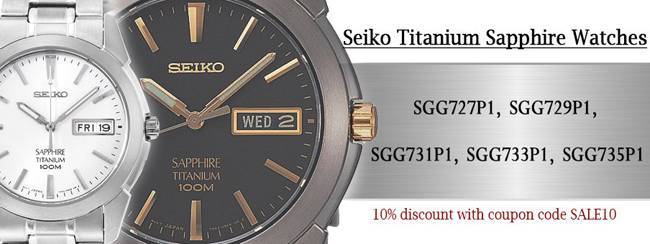 Earlier we exchanged a few words on watch materials – more precisely, watch-case materials – and it seems it’s again the time to pick up the tempo! Focussing chiefly on Titanium as a popular choice among high-end watches, it’s an attempt to find the probable reasons, not to promote any sort of bigotry (e.g. “titanium is the best overall engineering metal ever!” and the likes). It’s to see whether titanium is really several notches above stainless steel. It’s exotic no doubt, but is it really the best material for watch cases?
Earlier we exchanged a few words on watch materials – more precisely, watch-case materials – and it seems it’s again the time to pick up the tempo! Focussing chiefly on Titanium as a popular choice among high-end watches, it’s an attempt to find the probable reasons, not to promote any sort of bigotry (e.g. “titanium is the best overall engineering metal ever!” and the likes). It’s to see whether titanium is really several notches above stainless steel. It’s exotic no doubt, but is it really the best material for watch cases?
There’s no other way to go other than the engineering alley to answer that question. Mere philosophizing intrigues more than it can really answer.
Measuring properties is essential for evaluating materials and only applied science and engineering does that. Ask a materials engineer and probably you should be bombarded with more types of properties like ductility and impact resistance than you’ll read here. These are:
- Strength: This is a metal’s ability to withstand an external force (e.g. a load) before it fails and breaks off. Tensile strength, it’s full name, for it creates tension on the metal. There are more factors that come in to create strength; these are elastic limit and elongation, yield point and yield strength and reduction-in-area. It’s denoted by Megapascal (Mpa; same as N/m2), which is also used for metric measurements of pressure. Grade 5 titanium is 1000 Mpa; Grade 2 around 350 Mpa; however, steel’s mechanical properties vary over a wide range and can be made stronger than titanium. But tool-grade steel (300 Mpa) and special Aerospace steels (2000 Mpa) are costlier affairs.
- Hardness: Hardness is a metal resisting physical penetration by a harder substance. Measured by forcing a hardened steel-ball or diamonds into the surface of the metal. Weight; however, plays a part in the testing. In a Brinell hardness- measuring machine, you get the Brinell hardness number or BHN (Kgs/mm2). In simple words, it’s the kilograms of pressure applied on the ball, divided by the area (measured in mm) marked by the ball.
For the diamond-type hardness, it’s the Rockwell hardness tester or go for the Vickers hardness scale.
These vary with the type of titanium alloy under consideration. However, for the time and space restraints, we’ll limit it to the Ti-6Al-4V (Grade-5) type. This is the titanium alloy that is mostly used for watch purposes; other things built with it are aircraft parts, missiles and similar other objects fit for very demanding applications. There’s also a Grade-2 titanium; it’s commercially pure and all that, but inferior to Grade-5, as the name says. However, it’s still a damn good material and helps when you want to wear Titanium without overstretching your budget. Titanium’s exclusive usage as an aerospace material penetrated the luxury markets on the shoulders of Grade-2; this brought down the prohibitive expenses that came with Titanium watches at first. Despite a price running 50 times that of plain carbon steels, Titanium wins because the price is still much lower than of precious metals’. You earn extra credits for wearing something exotic and not just a precious metal.















